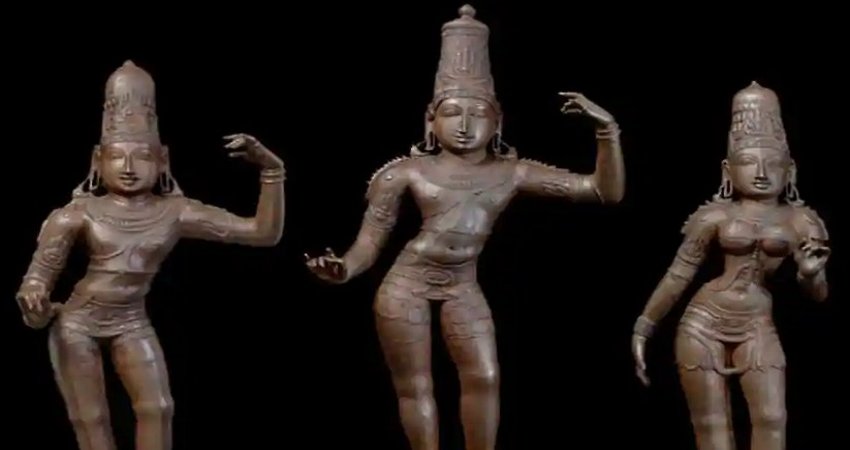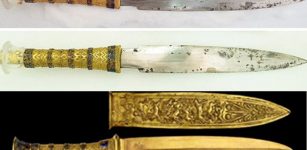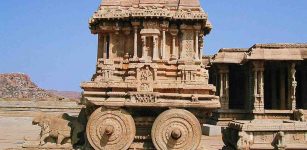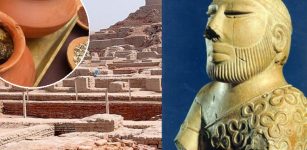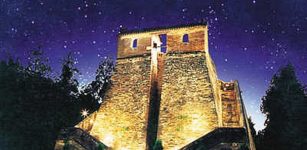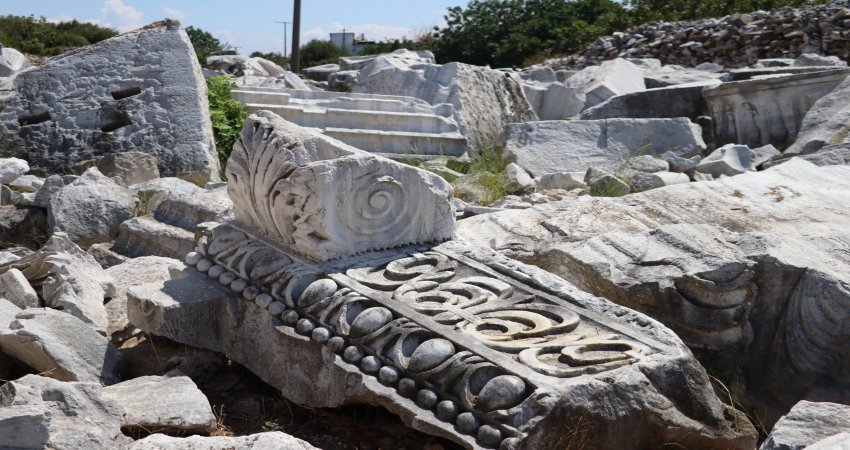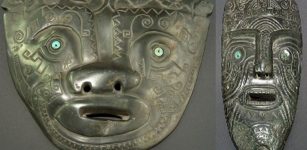Mystery Of The Ancient Double-Headed Eagle Symbol
MessageToEagle.com – One of the most intriguing and powerful ancient symbols is the mysterious double-headed eagle that has been with us for millennia. It is believed to be one of the world’s oldest symbols used by a number of diffrent ancient cultures.
The earliest depiction of the double-headed eagle can be found on ancient on Hittite monuments in central Anatolia. In the early 19th century, in Boğazkale, an old Hittite capital in modern-day Turkey Charles Texier discovered cylindric seals with clearly visible two-headed eagle with spread wings. The double-headed eagle motif originally dates from c. 3800 BC. The Hittites had worshiped the double headed eagle as the King of Heaven, who was also called the Hittite Bird of the Sun. The bird was their symbol to signify Hittite military power.
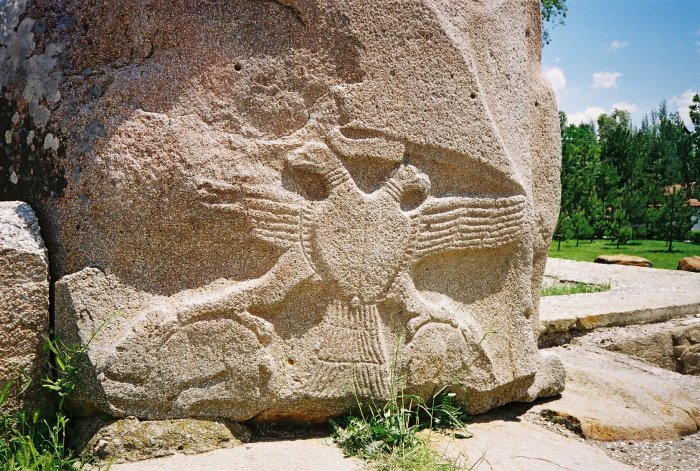
The bird bird appears in Lygash under the name of Imgig, and was the Sumerian symbol for the god of Lagash, Ninurta son of Enlil. Bird or animal headed deities were popular motifs in the ancient Near East. The animal represented attributes of the deity. For example, the Hittite Storm God is seen standing on his bull, as both are related to fertility. The double-headed eagle, however, is not restricted to supporting deities, and also appears supporting human figures. This is an indication of the use of the eagle as a personal (or family) symbol.
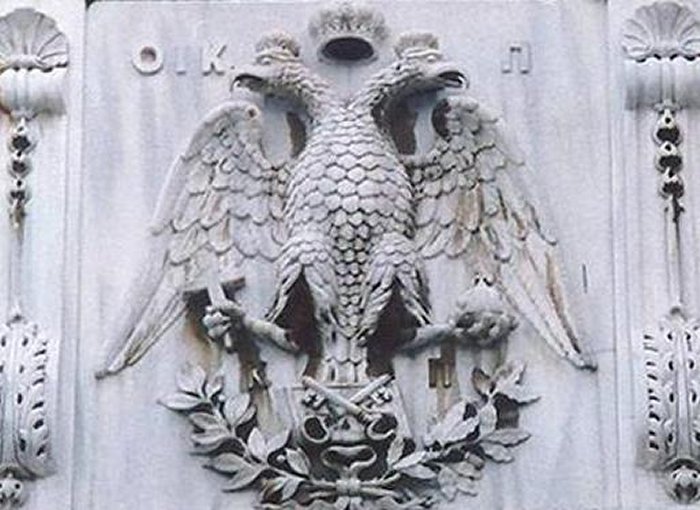
The double-headed eagle was known under a variety of names among ancient civilizations. The Hittites called it Teshup. In ancient India the bird was called Garuda. The Seliuk Turks referred to it as Hamca and among the Zuni it appeared as a highly conventionalized design, but still as a double-headed thunder bird, the Sikyatki.
See also:
Ouroboros: Ancient Infinity Symbol Used By Different Ancient Civilizations
Secrets Of The Spiral Symbol Left By Ancient Civilizations
Many historians think ancient civilizations were so impressed with the symbol that they copied it and used it as their own symbol.
The double-headed eagle has been used as an emblem by countries, nations, and royal houses in Europe since the early Medieval period.
Notable examples include the Byzantine House of Palaiologos, the Holy Roman Empire, the House of Habsburg, and the Ruriks and Romanovs of Russia.
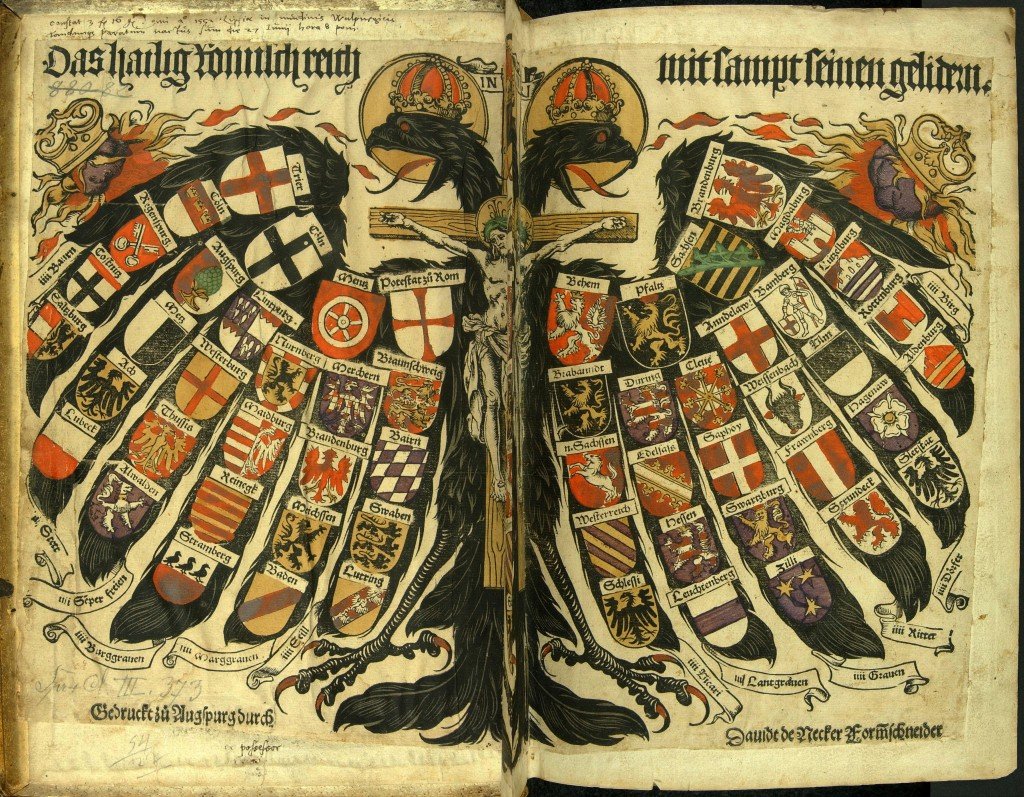
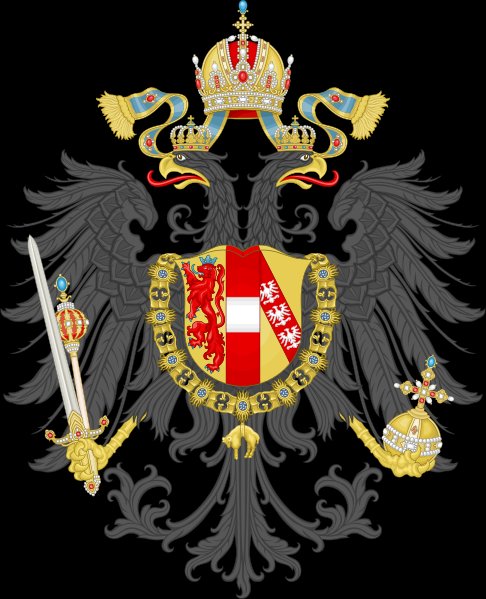
The symbol often appears on countries’ coats of arms and flags. The emblem was adopted by the Russians, Poles, Serbians, Prussians, Austrians and Saxons. It was used as a private seal and as arms in Germany, Spain, France, Netherlands, England, and Russia.
In England we find it used upon knightly arms. Robert George Gentleman displayed it upon his shield, with the motto, “Truth, Honour and Courtesy.” In France we find it used by Count de Montamajeur, and associated with the motto, “I shall hold myself erect and not blink.” We find it upon the arms of the Duke of Modena, (1628) with the legend, “No age can destroy it.” It appears upon the shield of Swabia in 1551, in Russia in 1505, and as the crest of the city of Vienna in 1461.
The eagle with one body, one heart and two heads is a very powerful ancient symbol that is believed to be one of the oldest in the world.
MessageToEagle.com
Expand for referencesReferences:
Jesse D. Chariton – The Mesopotamian Origins of the Hittite Double-Headed Eagle


